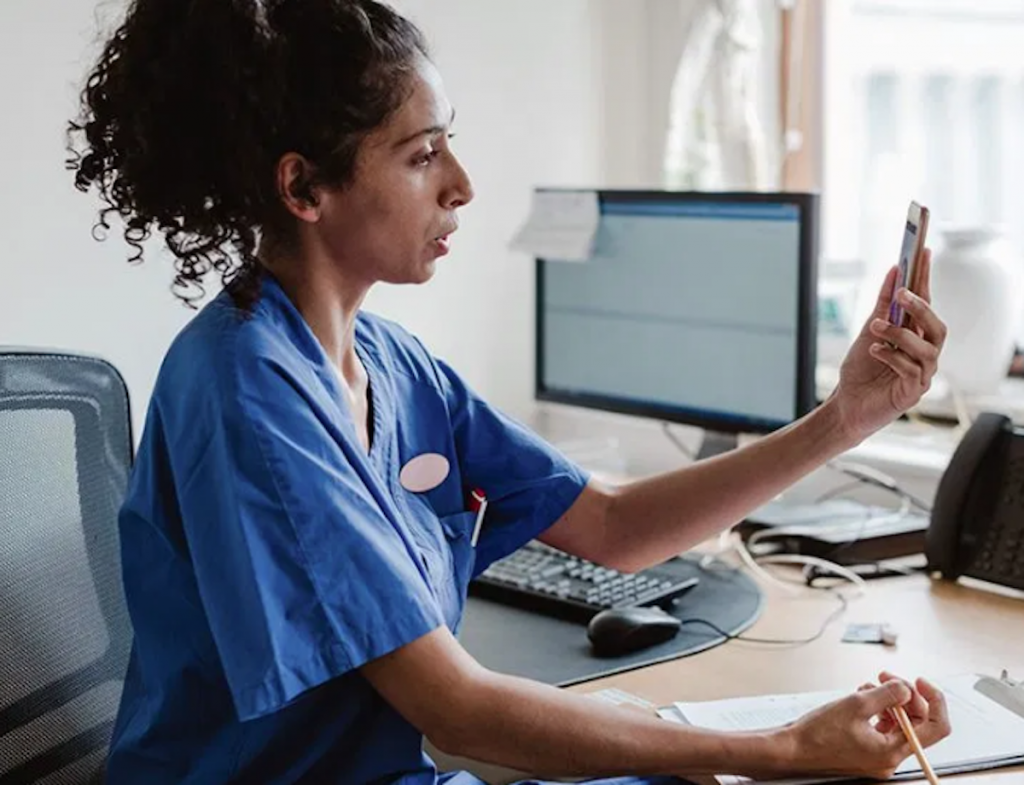Telehealth is a system designed to use telecommunication to help people manage their health independently.
It encompasses all aspects of health management; from hospital visits to check-ups to seeking medical advice.
Using it as a tool for diagnostic purposes and even patient follow up is also a very important role that telehealth can play.
It serves to eliminate or limit to the barest minimum the contact between medical doctors and patients.
Clinicians can also carry out consultations virtually, be it to directly contact patients, or other on-site clinicians in order to guide them in cases such as infectious disease outbreaks or pandemics such as the COVID-19 pandemic or the endemic Severe Acute Respiratory Syndrome, SARS.
The world today witnesses a daily improvement on existing technology, and such technological advancements can be used to make the world a better and safer place to live in.
Access to quality healthcare can be guaranteed in a vast number of populations using telehealth.
Telehealth has the ability to traverse borders and barriers, and provide an optimal level of healthcare to patients without bias for their geographical location.
Over the past decade or so, the use of technologies to help provide clinical education, care and support, as well as to monitor patient health over very long distances has greatly increased.
Modalities of telehealth include the use of live video conferencing, health applications on mobile phones, text messaging, emails, and online forums or group chats.
Remote patient monitoring, such as with patients admitted into intensive care units is also utilized. Use of personal gadgets such as smartphones, tablets or laptops by patients is always useful in provision of telehealth services.
Telehealth serves to bridge the gap between healthcare providers and those in need of the healthcare by using information and communication technology to exchange ideas and diagnostic information, as well as treatment information.
The use of these information and communication technologies can effectively help to provide effective treatment methods and improve diagnostic accuracy in a lot of areas previously deemed as inaccessible, and also help the clinicians make accurate and knowledge-based decisions regarding their patients.
Telehealth can be a major game-changer in healthcare delivery in some of the world’s most remote locations.
Telehealth was very important in the management of the Severe Acute Respiratory Syndrome (SARS) outbreak in Taiwan in 2003, when it was used to attend to patients who had contracted the disease.
Through a special software, doctors could contact patients using a computer fitted with a webcam, microphone and speakers.
Through this method, the doctors were kept safe while they worked under very safe and healthy circumstances.
Likewise, online slots be made for patients to contact doctors from the comfort of their homes especially in times like these with COVID-19.
Telehealth is going to be hugely important in 21st century medicine. In spite of the challenges which may impair the smooth functioning of the telehealth delivery system, it is a known fact that telehealth is the future and has come to stay.
With technological advancement, we can use telehealth to provide the best healthcare services for the improvement of human life.
